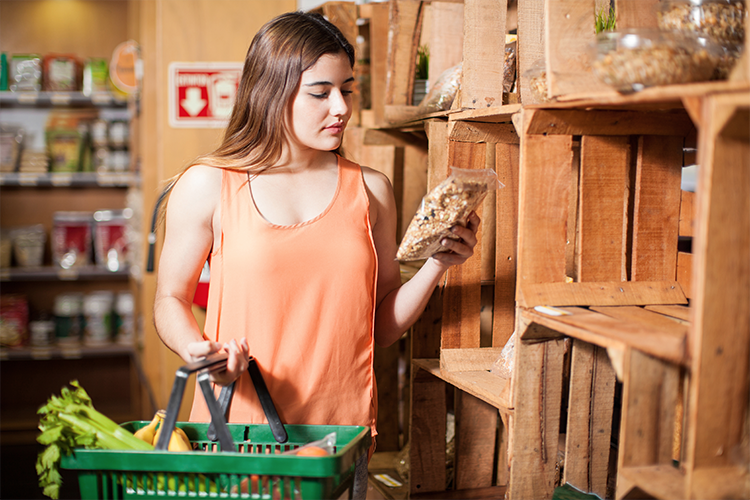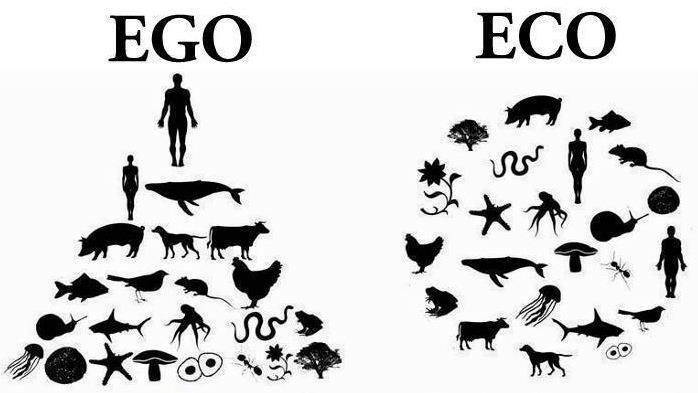Blog
Eating ethically
 Ethical eating, eh? Buying and eating food and drink with something in mind other than taste needn’t be all Buddhist monk or matcha latte-loving hipster!
Ethical eating, eh? Buying and eating food and drink with something in mind other than taste needn’t be all Buddhist monk or matcha latte-loving hipster!
We are living an age of greater global awareness, comparably living in a safer state than previous centuries. When we feel safer, our focus on what is important can shift away from getting the next meal, staying warm, or avoiding an unsuspected saber tooth tiger attack.
This may be why there is a growing movement around sustainability and sourcing our food ethically. We have the headspace to consider these things.
Why bother?
In many countries, including Australia, the U.S. and U.K., we have a pretty constant supply of all manner of food, and can get our mits on it whenever we darn well want!
Why would we want to change this? If it ain’t broke, don’t fix it, right?
As much we would love to keep our head in the supermarket sand, unfortunately the current food system may not sustain us long term; and what we choose to eat is directly related to what and how much of it is produced.3
Here are some of the concerns, and what you can do to help contribute to positive change.
Environment and food waste
Food production systems contribute 19-29% of greenhouse gas emissions, along with deforestation, degradation of land and soil, and water use. 3;7 50% of the total food system’s contribution to greenhouse gas emissions is due to food storage, transport and manufacture in high income countries.3
It has been reported in recent years that 15% of total greenhouse gas emissions is from the rearing of livestock for meat, dairy and eggs, with it using 70% of agricultural land, 3;4 which is more than the entire global transport sector alone.2
Water use is also concerning. 65% of Australian fresh water is used to grow food for human and animal consumption; and raising livestock for beef is one of the highest use of water compared to other products of agriculture, up to 464-550L/kg of beef! This is largely due to feeding the cattle irrigated feed,1;6 so may be mitigated somewhat by choosing grass fed.
To quote environmental analyst Lester Brown, “We drink 4 litres of water a day via coffee, juice, water etc…But we each use 2000 litres a day to produce the food we eat”. Let’s not waste our food!
We have discussed the issue around food waste – and addressing this alone would be of great help to the environment and our back pockets!
Finally, processed and packaged food, whilst sometimes initially cheaper, can cost your health and the environment more in the long-run.
What to do: Cut back on processed foods, and try limiting meat consumption to 450g per week, go meat free one or two meals a day, several days a week, or opt in for meat-free Mondays! There is plenty of inspiration for deliciously satisfying vegetarian meal, like roasted tomato and chickpea tagine or tarka dhal with coconut roti – check out our recipe page and books for more!
Eating local and seasonal
Whilst it is thought that meat consumption and eating too much in general is having the greatest environmental impact,5 buying from a co-op or local farmers market can offer environmental benefits too, and may be cheaper to boot.
Buying locally and and seasonally means eating food as close to when it has been harvested. This will provide the most nutritional goodness, plus it tastes better, reduces time in transport and storage, and supports local farmers and economy – winning all round!
What to do: Seek out a local co-op or farmers market for your fresh produce. Compromises may need to be made! Perhaps you do not get to eat berries in winter, or mandarins in summer. However experimenting with seasonal produce can be fun!
Human rights
In a globalized world, we are increasingly reliant on cheap labour to bring us affordable food.
Some argue that the cheap labour is better than the alternative for many people in developing countries. However, being a little conscious of how and where our food and drinks hails can contribute to the movement pushing for fair treatment for all.
What to do: Buy fair trade, especially on items such as coffee, tea and chocolate. Whilst the fair trade system has its critics, ultimately it is trying to ensure producers in third world countries get a set price and some income security. You can use the Shop Ethical app, and focus on buying locally where possible.
Animal welfare
Whatever side of the fence you sit on as to whether we should or should not be consuming animal products such as meat, fish and dairy, our insatiable appetite for a chicken drumstick or a hunk of brie needs to be considered.
We mentioned above the impact of mass production of meat on the environment. Not only that, livestock endures mistreatment in many (though not all) factory farms.
What to do: Buy organic and free-range eggs and poultry; grass fed meat; organic dairy; and sustainably caught seafood.
In Australia, the organic and bio-dynamic, certifications, and to a lesser extent the RSPCA certification, are good indications for best living circumstances and welfare for farm animals. When buying seafood, ensure it is caught sustainably by using the Australian Sustainable Seafood Guide, or looking for the Marine Stewardship Council (MSC) logo. Fish lower down the food chain are good options too, including mackerel, herring and sardines – and they are incredibly good for you!
Every bit counts
The population is growing – something that is adding to the demand for food globally. So, maybe we need to be taking individual responsibility and putting eco before ego.

Whilst you may wonder if buying free-range eggs is really going to make a difference, remember that every thing we do counts!
By choosing where our hard earned cashola goes we can support the local farmers and economy, and end up with more nutritious food by choosing local and seasonal produce.
Whilst the solutions here aren’t foolproof, they are a step in the right direction. Many options may cost more. But consider the extra few dollars each week an investment in your health and the health of the planet. Because you are worth it!
For more information on what you can do, see www.sustainabletable.org.
By Angela Johnson (BHSc. Nut. Med.)
References:
- Bradbear, C & Friel, S 2011, ‘Food systems and environmental sustainability: A review of the Australian evidence’ NCEPH Working Paper, Canberra: Australian National University.
- EPA 2014, ‘Global Greenhouse Gas Emissions Data’, United States Environmental Protection Agency, viewed 23 June 2016, <https://www3.epa.gov/climatechange/ghgemissions/global.html>
- Garnett, T 2014, ‘Changing what we eat: Research and action on widespread adoption of sustainable healthy eating’, Food Climate Research Netowrk, viewed 23 June 2016, <http://www.fcrn.org.uk/sites/default/files/fcrn_wellcome_gfs_changing_consumption_report_final.pdf>
- Gerber, PJ Steinfeld, H Henderson, B Mottet, A Opio, C Dijkman, J Falcucci, A & Tempio, G 2013, ‘Tackling climate change through livestock – A global assessment of emissions and mitigation opportunities’, Food and Agriculture Organization of the United Nations (FAO), Rome.
- Macdiarmid, JI 2014, ‘Seasonality and dietary requirements: will eating seasonal food contribute to health and environmental sustainability?’, The Proceedings Of The Nutrition Society, vol. 73, no. 3, pp. 368-375.
- Peters GM, Wiedemann SG, Rowley HV, et al. 2010, ‘Accounting for water use in Australian red meat production’ International Journal of Life Cycle Assessment, vol. 15, no. 10.
- Vermeulen, SJ Campbell, BM & Ingram, JSI 2012, ‘Climate Change and Food Systems’, Annual Review of Environment and Resources, no. 37, pp. 195-222.











